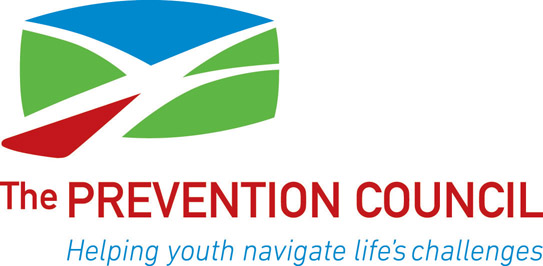Thursday, May 16, 2013
The Saratogian
Heather Kisselback
Executive Director
The Prevention Council
Editor’s note: Through Friday, The Saratogian is collaborating with the Prevention Council as part of National Prevention Week. This week-long observance is an opportunity to raise awareness about substance abuse and mental health issues, to promote prevention efforts and to educate our local communities about the factors that influence substance use.Prevention Week celebrates the idea that everyone has a role to play in prevention. In order to be most effective, prevention should be woven into all aspects of young peoples’ lives.
It happens all the time: Our teen acts in a way that leaves us incredulous and we ask, “What were you thinking?” The short answer is: They weren’t. They weren’t thinking about consequences at all. The teen brain doesn’t project into the future like that.
The teenage brain is an amazing machine. During adolescence, the brain undergoes amazing developmental changes, establishing neural pathways and behavior patterns that will last into adulthood. But teens are impulsive and prone to risky behavior for a reason: Their brains are a work in progress that doesn’t get completed until roughly age 25.
Because their brains are so impressionable, adolescents are particularly receptive to the range of positive influences in their lives — family and friends, art and music. But those brains are equally receptive to negative influences. Coupled with hormonal changes, those negative influences make teens more prone to depression and likely to engage in risky and thrill-seeking behaviors than either younger children or adults.
Another thing you should know: The teenage brain is wired for risk. Its reward centers crave excitement. It’s an adult’s job to provide opportunities for healthy risk-taking or teens will seek out the default stimulation: alcohol and drugs. What’s worse, the Prevention Council’s student surveys have shown that when teens experiment with alcohol in particular, they’re not sipping drinks sensibly. They’re pounding alcohol at an alarming rate. We’ve learned over the years that a large percentage of kids who do drink are binge drinking (4-5 or more drinks in one social setting).
This is scary stuff. Alcohol robs the brain of future cognitive functions, especially binge drinking. Alcohol use also interferes with normal development of those all-important neural pathways, affecting learning and memory the most.
We buy our children Baby Einstein DVDs, we quiz them with flashcards and sign them up for Chinese language classes and SAT prep courses. We want them to be the best and the brightest. But if that’s the case, we can’t treat alcohol use as a rite of passage. It undermines all those brain-boosting activities we’ve fostered our kids’ whole lives.
So let’s introduce some fun, engaging stimuli to engage these young brains. How about rock climbing or mountain biking? A high ropes course to get their blood pounding. For other teens the thrills might be more cerebral. Whatever it is, take some time to figure out whatever makes your kid’s heart pound. They crave that feeling. The crave excitement, social bonding, and belonging. These are all necessary for the brain and the child to mature, and can be accomplished in a way that satisfies both parents and teens.
Tomorrow’s topic will be about the importance of emotional and behavioral health to the prevention of teen substance use.
